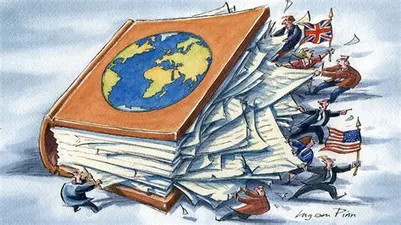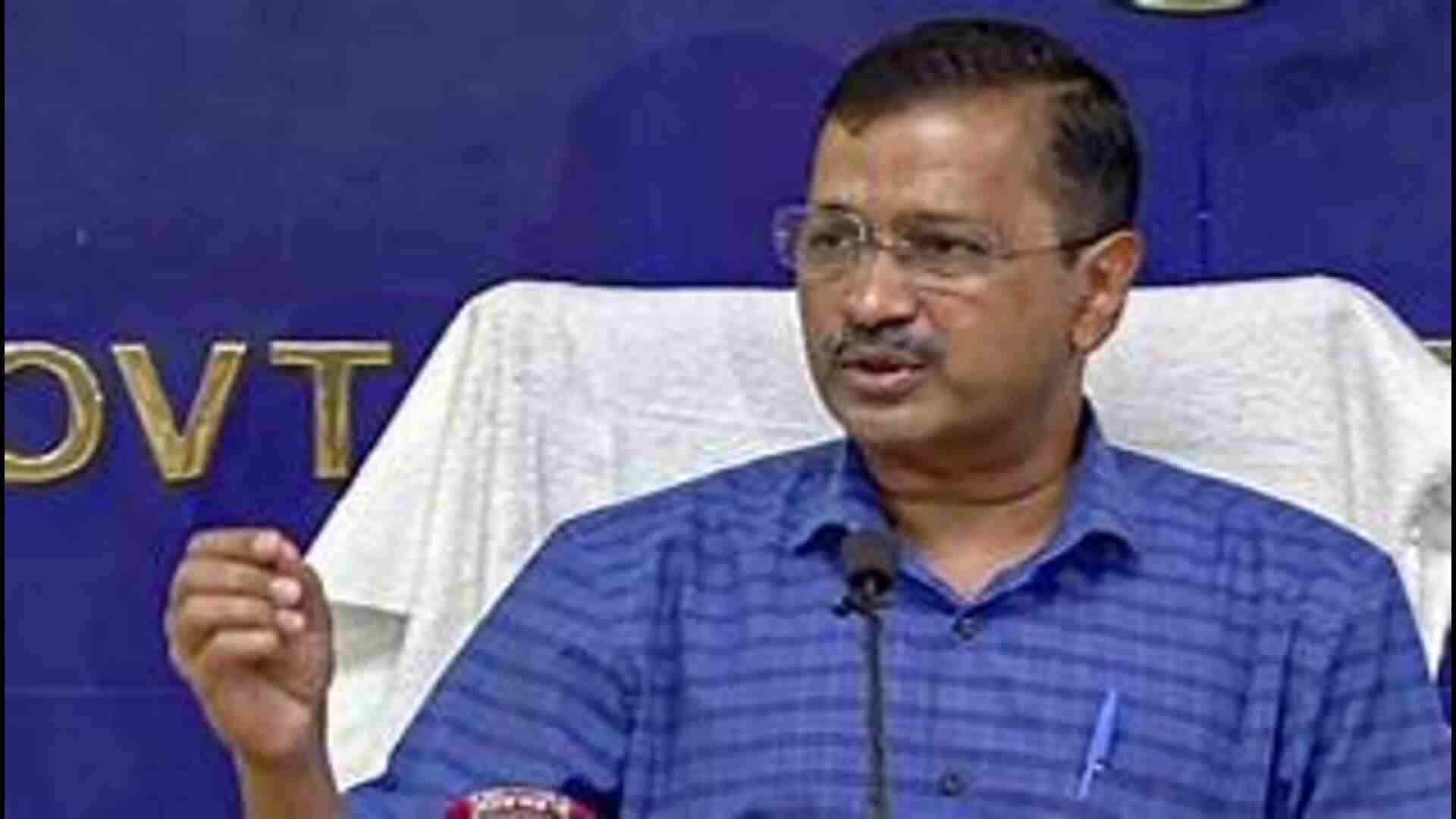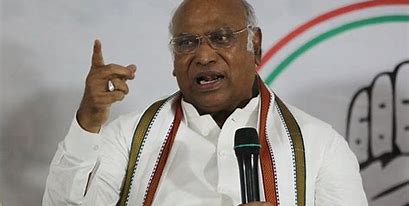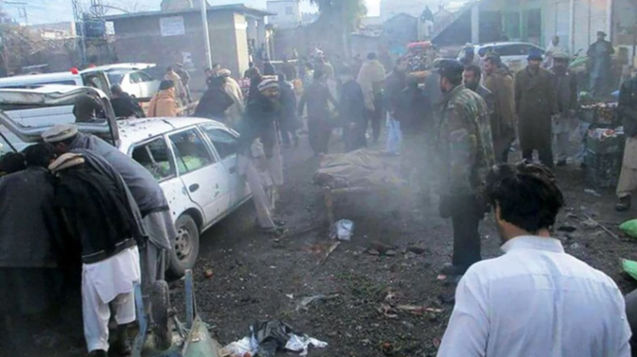An average Indian seems to resonate deeply with foreign policy and our response to global media. Prime Minister Narendra Modi has always batted from a strong External Affairs policy, putting India first. Now we have Minister S. Jaishankar and Indians can’t seem to get enough of what he has to say. We are playing on the front foot, with a nationalistic pitch. It’s like India has arrived on the global stage. Let’s put together India’s foreign policy since Independence, and see how it has evolved, from the perspective of an average citizen. I break up this analysis, Prime Minister by Prime Minister.
1. Jawahar Lal Nehru (1947-1964)
Nehru Ji was flamboyant and had a western lifestyle. This set him apart from the rest of Indians. Even his language and mannerisms were more aligned with the west. His first speech in Parliament, after India gained Independence–Tryst with destiny–was a literary masterpiece. Ironically, most Indians masses didn’t even have dictionaries to check, what it meant. He ran foreign policy like a personal affair, relying on this own understanding of the world. Apart from Sardar Patel, who died early in 1950, no one questioned him on foreign affairs. Armed forces were not a priority for him. His Kashmir blunder, gave us a permanent problem with Pakistan. Non Alignment and Panchsheel were the cornerstones of his foreign policy. NehruJi is known to have ignored intelligence reports and ministerial advice, about China’s plans to attack India. Eventually, when China attacked India, we were not prepared and none of the non-aligned countries came to help India.
2. Lal Bahadur Shastri (1964-1966)
Shastri became the Prime Minister of a war ravaged India, plagued with food shortages. He was literally the “son of the soil” in sharp contrast with Nehru Ji. He understood the importance of food and security. He gave a strong message to the international community as well, how India will not bow down to threats. Shastri Ji did not impose his own worldview on India. Rather he put India first. It was India’s misfortune that we lost him just two years in office.
3. Indira Gandhi (1966-77; 1980-84)
Mrs Gandhi had been her father’s shadow as a young girl. She was trained in politics. She had a world view of his own. Ministers and bureaucrats merely implemented her decisions. Surjit Man Singh writes in his book: “Indira Gandhi used men of high calibre, as mere errand boys.” She was known to deal with national and international threats with more force than needed. Her brute force domestically, intensified Punjab terrorism, unfortunately leading to her assassination. In her era, Bangladesh became independent of Pakistan, Sikkim joined India and SAARC was formed. India won the Indo-Pak war in 1971, but she lost the opportunity on the negotiation table and failed to convert India’s military victory for permanent peace with Pakistan.
4. Rajiv Gandhi (1984-1989)
Rajiv Gandhi had been a reluctant politician to begin with. He was forced to join politics after his brother passed away and became PM after his mother’s assassination. Rajiv didn’t have his own worldview. Neither was he the son of the soil like Shastri Ji, nor was he as well trained as his own mother. But he did try earnestly. He engaged with USA, China and USSR, to build the technology sector. When dealing with Mrs Benazir Bhutto, he did not realise that she was just a façade. Pakistan was really ruled by the military. Rajiv Gandhi was very eager about sending aid to other countries. In all earnestness, India air dropped humanitarian aid to Jaffna without the consent of the Sri Lankan government, violating their air space. This caused a huge international uproar. In his enthusiasm to send the Indian Peace Keeping Force (IPKF) to Sri Lanka, he did not even take the consent of his own cabinet or even his own External Affairs minister Narasimha Rao. Unfortunately, the Sri Lanka experiment also led to his assassination.
5. VP Singh and Chandrasekhar (1989-90; 1990-91)
Next came, V.P. Singh and Chandrasekhar. These PMs had immense domestic power tussles and hung parliaments. Like a weak person, a weak unstable country is arm twisted by all. India went from one diplomatic disaster to another. Kashmiri Militants abducted Rubaiya Saeed. The government was blackmailed to release terrorists. Infiltration and Pakistani militancy sky rocketed. In a series of unfortunate events, the Gulf war happened. Minister Gujral was sent to airlift Indians, but Gujral’s talks with Saddam Hussain angered America. To placate USA, India allowed American fighter jets to refuel in India. USA started to mediate on Kashmir through Robert Gates. On the economic side, India had its worse Balance of Payment crisis, with just two weeks’ worth of foreign reserves for imports. We had to mortgage 67 tonnes of gold for an emergency loan from IMF. The Chandrasekhar government failed to pass the budget, and government fell. With so much of domestic chaos, who had the time for a strategic foreign policy?
6. P.V. Narasimha Rao (1991-1996)
Indians were fed up of hung parliaments. Congress was gaining ground again. In 1991, Rajiv Gandhi’s terrible assassination gave rise to a huge sympathy for Congress and it came back to power. Our economic situation was delicate. World Bank and IMF loans and reforms, mandated India to open the economy. Meanwhile, USSR collapsed, in this time period, bringing an end to bipolar geo-politics. USA was the only super-power now. We blended economic diplomacy to forge a relationship with USA. We didn’t have the luxury to think about an independent foreign policy.
7. Deve Gowda and I.K. Gujral (1996-97; 1997-98)
Gujral was Foreign Affairs minister in Deve Gowda’s government and later became the Prime Minister himself. The “Gujral doctrine” of foreign policy flourished in this time period. We made some headway like resolving a water-sharing dispute with Bangladesh. Apart from that we had a deadlock with Nepal. Pakistan terror continued. China expanded the Belt and road initiative. Gujral refused to sign the Comprehensive Test Ban Treaty (CTBT), despite tremendous international pressure. Foreign policy was more tactical, than strategic.
8. Atal Bihari Vajpayee (1999-2004)
Vajpayee had three terms as PM. First one for 13 days. The second one for 13 months, and a very uneasy collation. Despite that, he managed to conduct five underground nuclear tests in Pokhran, Rajasthan, and made India a nuclear power. This was condemned by western powers, who imposed sanctions and stopped economic aid. However, India was not pandering to international powers. We were nuclear. Period. Riding high on this success, Vajpayee returned for a third term. Early on, we had the IC plane hijack by Taliban, blackmailing us to release terrorists. Unfortunately, engagement with Pakistan also did not bear any fruit. But overall, India experienced power, for the first time. When Pakistan attached Kargil in 1999, USA called the Pakistani, PM, Nawaz Sharif over and asked him to withdraw troops. For the first time, United States favoured India over Pakistan. China recognised Indian sovereignty over Sikkim. Ties with Russia became stronger. India engaged more with ASEAN. First ever India-EU summit took place in Portugal.
8. Manmohan Singh (2004 – 2014)
India had deep respect for Manmohan Singh as Finance Minister. But as PM, he lost respect very early on. From Atal Ji’s bold stance, India’s foreign policy became weak again. In 10 years, Manmohan Singh never visited Pakistan. The Mumbai terror attack outraged India. The mild reaction from the government, outraged Indians even more. Chinese troopers made repeated transgressions into Indian territory.
9. Narendra Modi (2014 -present)
Modi had always stood for a strong foreign policy. He had criticised the previous government for being weak. Indians already resonated a lot with his bold stance on foreign affairs. In his first term, it was said Team India had Modi Ji and Sushma Swaraj Ji as Sachin Tendulkar and Rahul Dravid respectively. EAM Sushma Swaraj brought a human touch to the ministry, using social media, to help any Indian in distress anywhere. She turned Twitter into a helpline. After she passed away, S. Jaishankar took over as EAM. Jaishankar is a career diplomat, trained with the best across the world, and has the world view of a practicioner. His sharp and witty responses to global media, has all of India applauding. India is not in denial of its civilizational values and knowledge. Rather, we flaunt it.
It is as if, Indian intellectuals have been weaned away from what Western media thinks about it. There is a sense of comfort in our own skin and our own opinions. India is not playing on the back foot. Our tone is nationalist. We are sitting on our own ground, putting India first. With immense intellectual strategic autonomy, we are telling the world, India has arrived on the global stage. And if the world still doesn’t understand India, then in words of Jaishankar: “Pyaar se samjha denge”
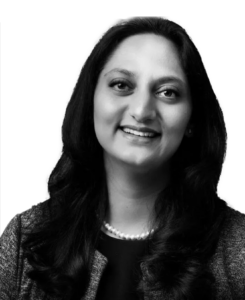
Anu Lall is the author of four books, a lawyer and has worked in the pharmaceutical industry in India, the USA and Europe.

